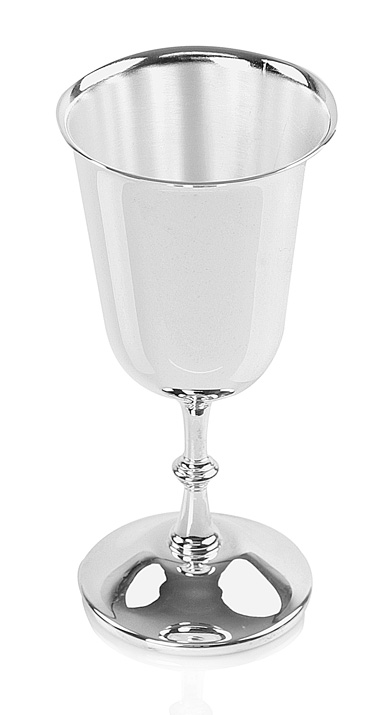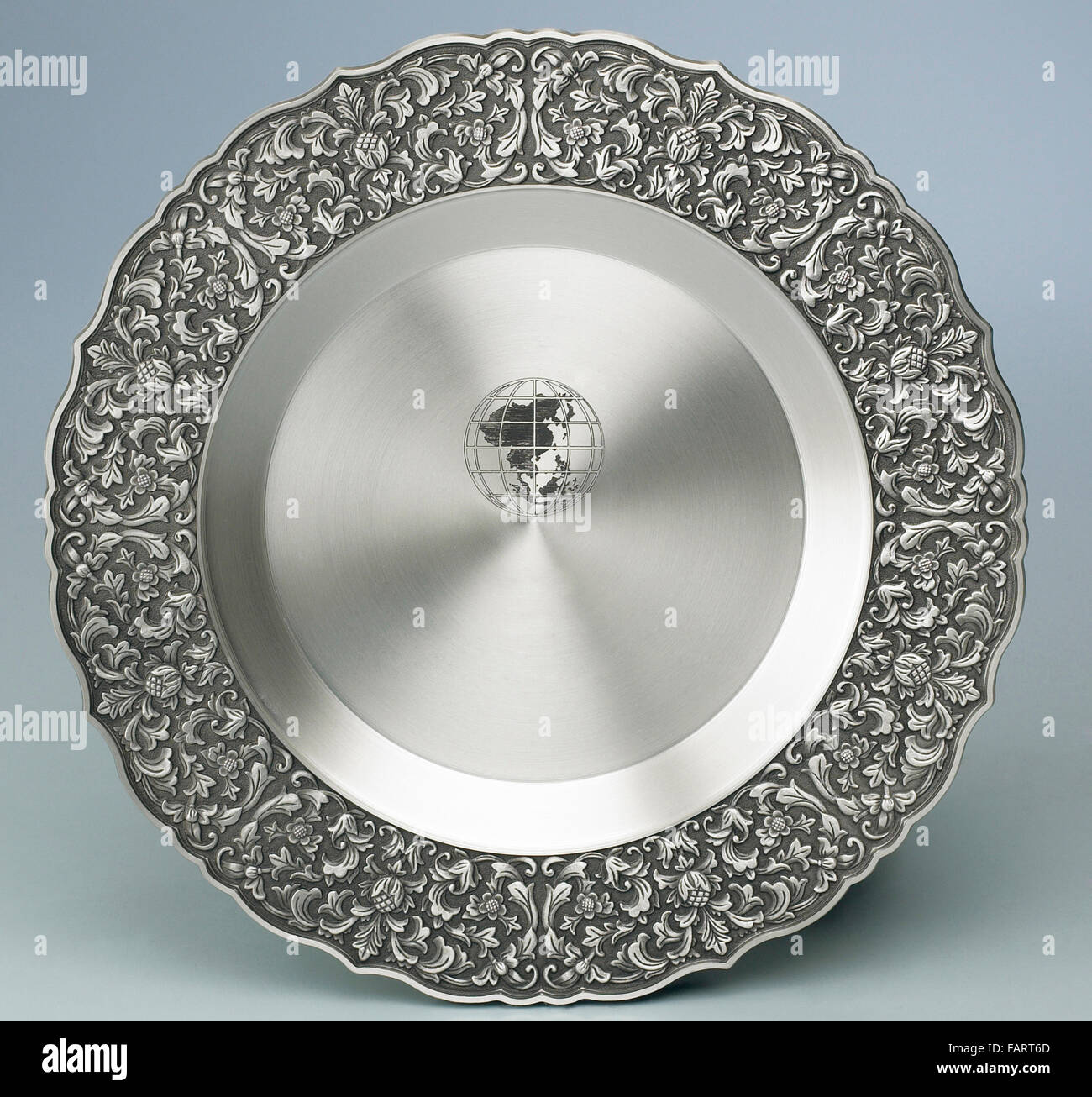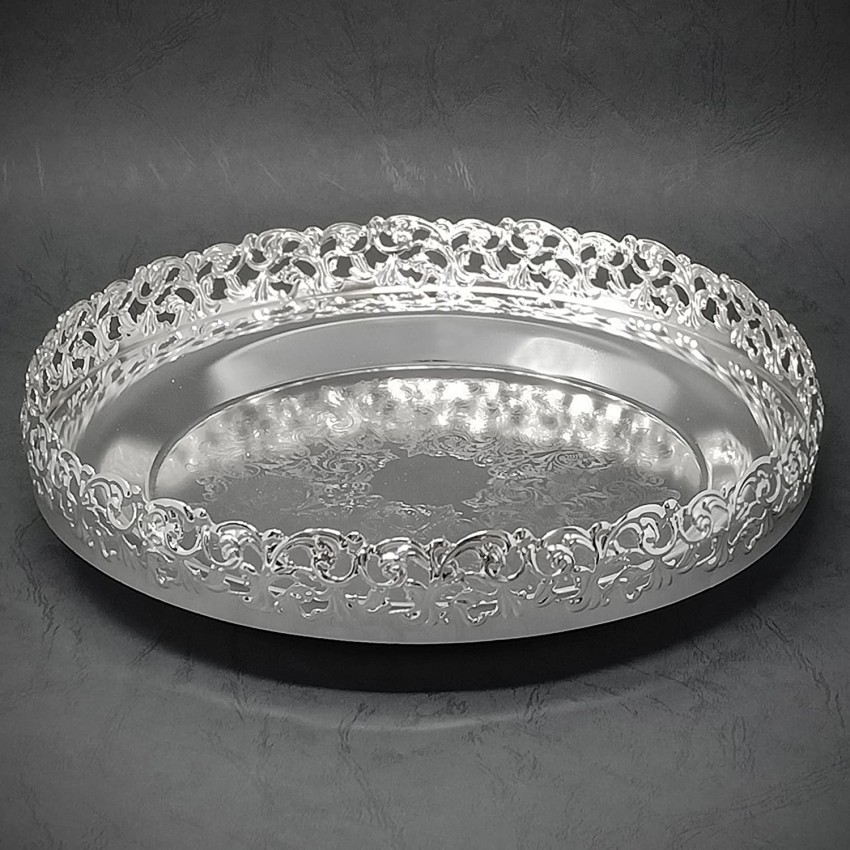Introduction to Decorative Silver Plating
Decorative silver plating is not just a finishing process; it’s a beautiful way to enhance the aesthetics of various items, from jewelry to home décor. As an art lover and craftsman, I’ve spent years working with different plating techniques, and I can attest to the transformative power of a good silver plate. This comprehensive guide will dive deep into what decorative silver plating is, its benefits, techniques, and how to care for plated items.
What is Decorative Silver Plating?
At its core, decorative silver plating involves the application of a thin layer of silver onto a base metal. This process not only gives the object a stunning appearance but also provides some level of protection against corrosion and wear. Silver plating can be found on various items, including tableware, jewelry, trophies, and even electronic components.
The History of Silver Plating
The art of silver plating dates back centuries, with ancient civilizations using methods to apply silver to their prized possessions. Over time, techniques have evolved, leading to the sophisticated processes we see today. Understanding the history of silver plating can give us insight into its cultural significance and applications.
Methods of Decorative Silver Plating
There are several techniques for silver plating, each with its own unique advantages and applications. Below, we will explore the most common methods used in the industry.
Electrolytic Silver Plating
This method uses an electric current to deposit silver ions onto the surface of a conductive object. It’s widely used for its ability to produce a smooth and even finish.
Immersion Silver Plating
In this method, items are submerged in a silver solution, allowing silver to bond with the base metal through a chemical reaction. This is often used for smaller items and intricate designs.

Mechanical Silver Plating
Mechanical plating involves the use of mechanical energy to apply silver to the surface. It’s particularly useful for complex shapes and parts that require high durability.
Comparison of Silver Plating Methods
| Method | Pros | Cons |
|---|---|---|
| Electrolytic | Smooth finish, uniform thickness | Requires electricity and specialized equipment |
| Immersion | Simple, minimal equipment | Less control over thickness |
| Mechanical | Durable, ideal for complex shapes | More labor-intensive |

Benefits of Decorative Silver Plating
The appeal of decorative silver plating goes beyond aesthetics. Here are some benefits that stand out:
- Enhanced Appearance: The lustrous finish of silver instantly elevates the visual appeal of any item.
- Corrosion Resistance: Silver plating provides a degree of protection against wear and tarnish.
- Cost-Effective: Using silver plating on base metals is often more economical than using solid silver.
- Versatility: Silver plating can be applied to a range of materials, including glass, plastic, and metal.
Common Applications of Decorative Silver Plating
Decorative silver plating has widespread applications across various industries:
- Tableware: Silver-plated cutlery, trays, and dishes are popular for formal dining.
- Jewelry: Silver-plated jewelry offers an affordable alternative to solid silver pieces.
- Electronics: Silver plating is often used in electronics for its excellent conductivity.
- Musical Instruments: Instruments like flutes and trumpets often feature silver plating for enhanced sound quality.
.png)
How to Care for Decorative Silver Plating
Taking care of silver-plated items can greatly extend their lifespan and retain their appearance. Here are some tips based on my personal experience:
Cleaning Silver-Plated Items
Gently clean silver-plated items with a soft cloth and mild soap. Avoid abrasive cleaners, as they can remove the silver layer.
Preventing Tarnish
Store silver-plated items in a cool, dry place, ideally in anti-tarnish cloth or pouch to minimize exposure to air and moisture.

Regular Maintenance
Regularly polish silver-plated pieces with a silver polishing cloth designed for plated items to keep their shine intact.
Silver Plating vs. Other Finishing Techniques
When considering decorative finishes, it’s helpful to compare silver plating with other options such as gold plating, nickel plating, and chrome plating. Let’s delve into this comparison.

Comparison Table of Finishing Techniques
| Finishing Technique | Appearance | Durability | Cost |
|---|---|---|---|
| Silver Plating | Shiny, lustrous | Moderate | Moderate |
| Gold Plating | Rich, warm | High | High |
| Nickel Plating | Slightly shiny, silver-like | High | Low |
| Chrome Plating | Bright, reflective | Very high | Moderate |
Pros and Cons of Decorative Silver Plating
Pros
- Aesthetic appeal and shine
- Relatively low cost compared to solid silver
- Can be applied to various substrates
Cons
- Prone to tarnishing over time
- Less durable than gold or chrome plating
- Can wear off with heavy use
Conclusion
Decorative silver plating is a versatile and beautiful way to enhance various items. Whether you’re a crafter looking to elevate your projects or just someone interested in the art of plating, understanding the nuances of silver plating can open up a world of possibilities. The beauty of silver-plated items lies not only in their appearance but also in the stories and craftsmanship that go into them.

Frequently Asked Questions
What is the best way to clean silver-plated items?
The best way to clean silver-plated items is to use a soft cloth with mild soap and water. Avoid harsh chemicals and abrasive materials to prevent damage.
How long does silver plating last?
The lifespan of silver plating varies based on usage and care but can last several years with proper maintenance. Regular gentle cleaning and storage can help extend its longevity.

Can silver plating be reapplied?
Yes, if the silver plating wears off, it can often be stripped and reapplied by a professional. However, this process can be costly depending on the item’s size and condition.
Is silver plating safe for food contact?
Yes, silver plating is generally safe for food contact, but it’s best to avoid acidic foods, which can tarnish the silver layer.
What is the difference between silver plating and sterling silver?
Silver plating is a thin layer of silver applied to a base metal, while sterling silver is an alloy consisting of 92.5% silver and 7.5% other metals, making it a more substantial and durable option.